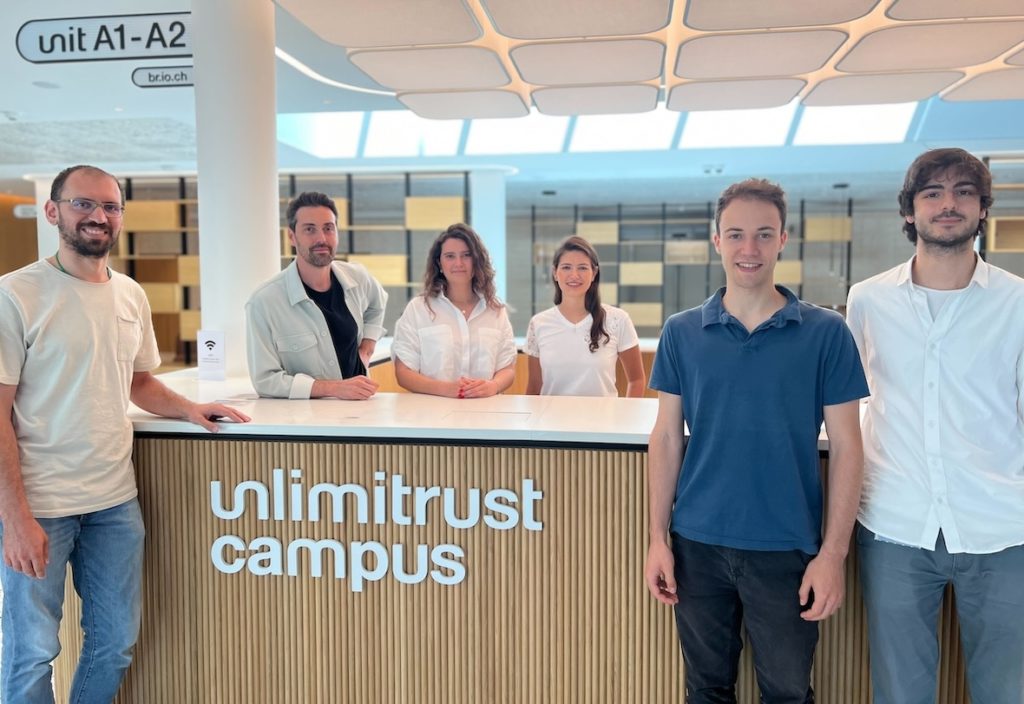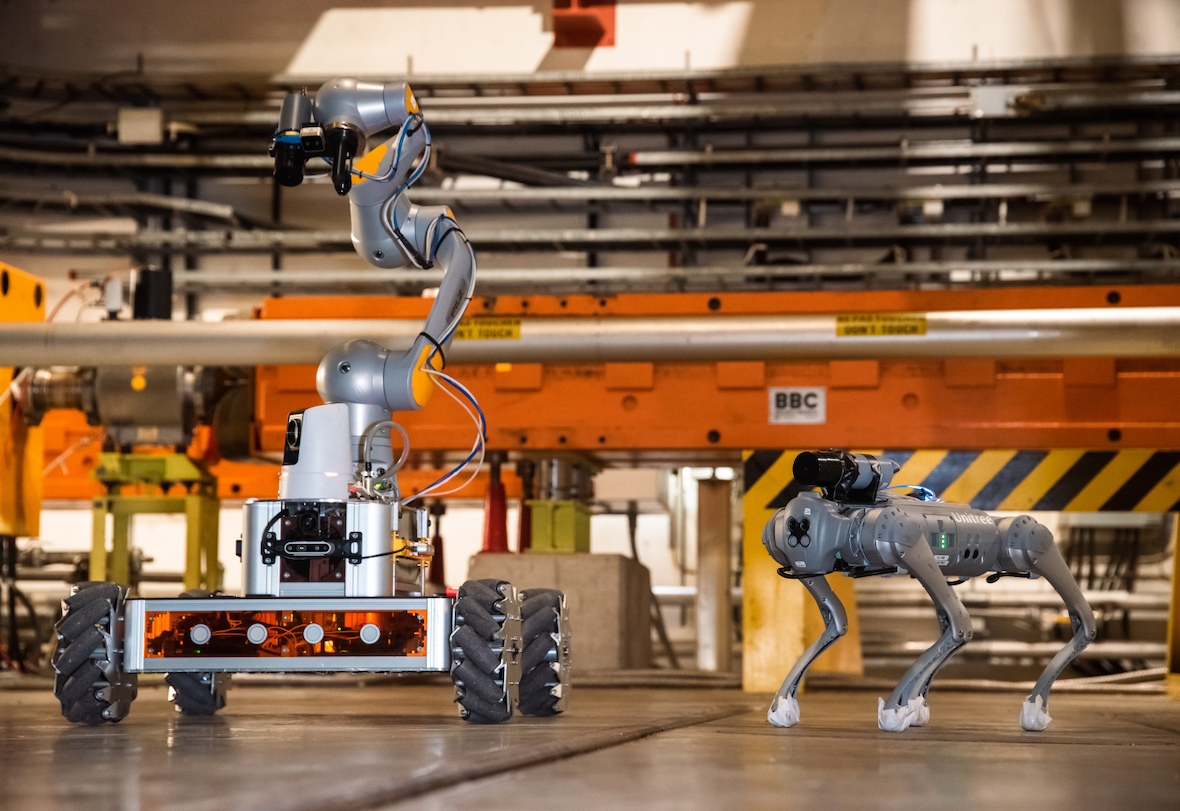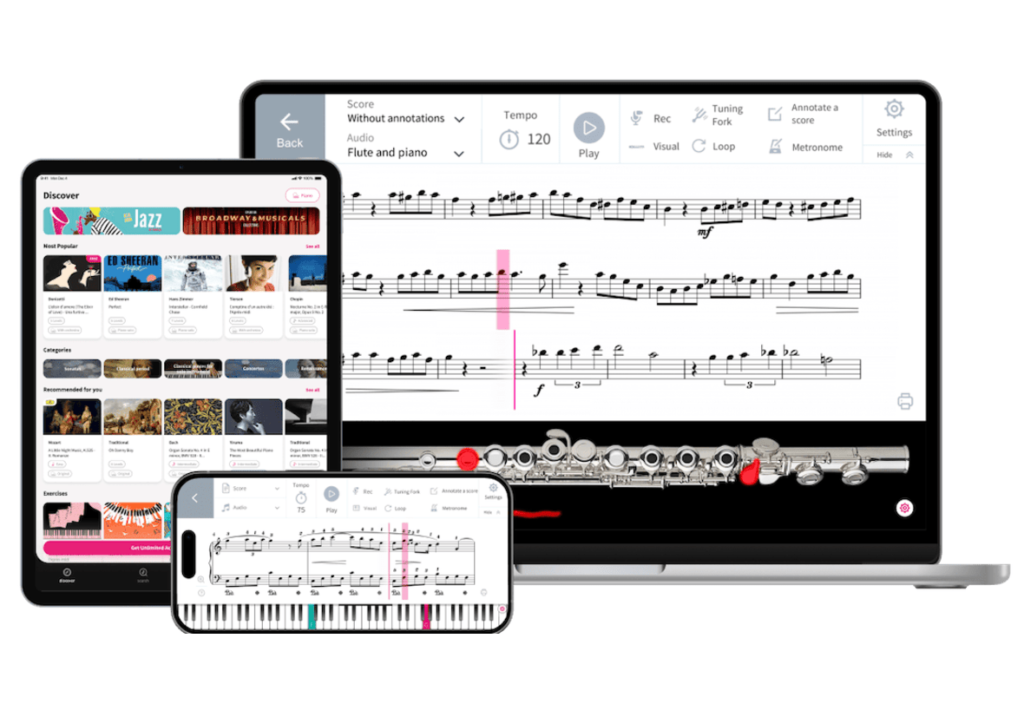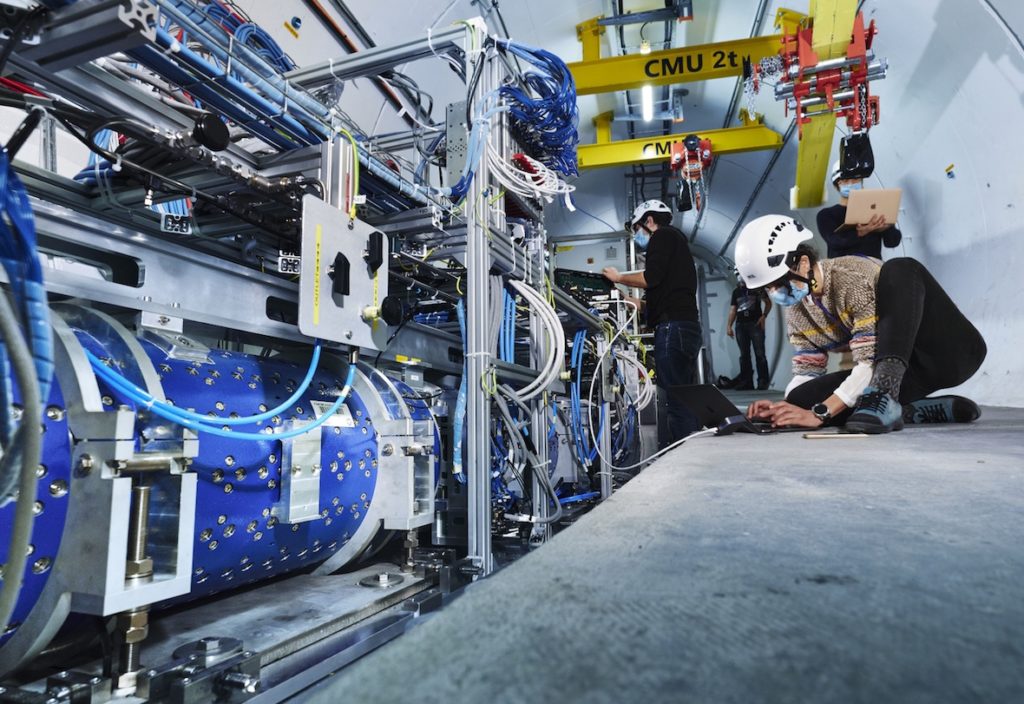
CERN unveils its innovative robodog for radiation detection
19 February 2024
 The robodog, a new robotic marvel, has joined the ranks of CERN’s sophisticated machinery. | © CERN
The robodog, a new robotic marvel, has joined the ranks of CERN’s sophisticated machinery. | © CERN
CERN’s latest addition, a four-legged robodog, has successfully completed its first radiation protection test, marking a significant advancement in ongoing efforts to navigate and safeguard its expansive experimental spaces.
CERN’s Building 937, known for housing the institution’s most innovative robots, has witnessed the introduction of this robodog into a pool of machines designed to meet the unique challenges of the world’s largest particle physics laboratory. Chris McGreavy, a robotics engineer from CERN’s Controls, Electronics, and Mechatronics (CEM) group, highlighted the robodog’s first mission’s success, saying: “There were no issues at all: the robot was completely stable throughout the inspection.” This test highlights the potential of the robodog to traverse areas that have previously been inaccessible or challenging for both humans and wheeled robots due to loose wires and pipes on the ground.
CERN’s robot family, which includes the modular CERNbot in various sizes and configurations, as well as the Train Inspection Monorail (TIM) and CRANEbot, has been instrumental in carrying heavy payloads across the laboratory. However, the addition of the robodog represents a leap forward in CERN’s ability to explore cluttered and unstructured areas, particularly within the experiment caverns such as the ALICE detector.
Enhancing the safety and efficiency of CERN’s operations
The robodog, a commercially available product from Unitree, is named Go1. It demonstrates CERN’s intention to explore the development of its custom robotic solutions. In collaboration with the Experimental Physics R&D department, the CEM group is focused on crafting advanced control algorithms and tools for these quadruped robots, aiming for their long-term deployment across CERN’s complex environments.
This initiative is part of CERN’s broader strategy to augment its experimental areas with robots capable of regular environmental condition monitoring, identifying potential hazards such as water or fire leaks and other critical incidents. Integrating the robodog with existing monorail robots in the Large Hadron Collider (LHC) tunnel will expand the scope of areas accessible for monitoring and maintenance, enhancing the safety and efficiency of CERN’s operations.

